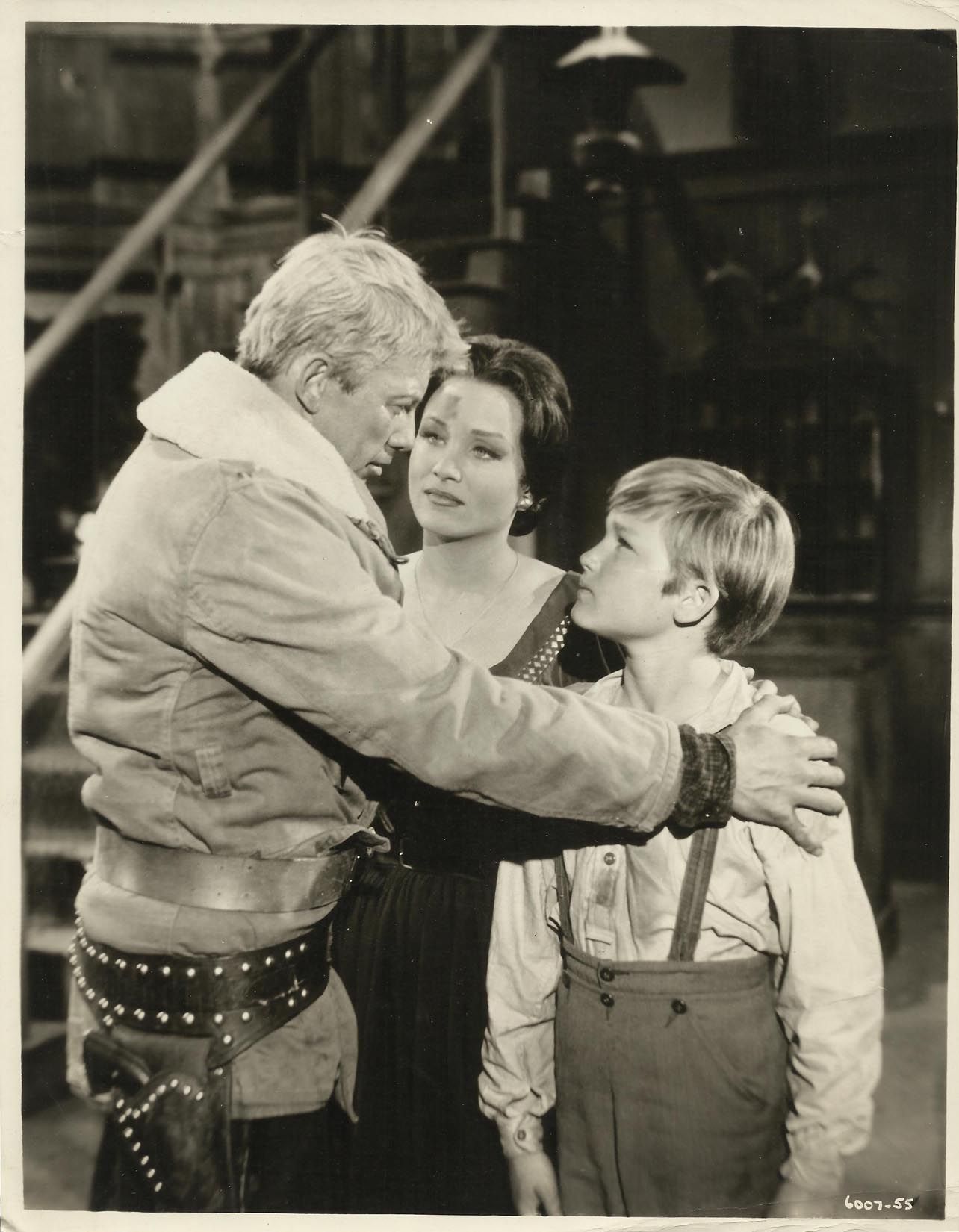Decoding 'Jan's' Financial Footprint: Understanding 'Jan Merlin Net Worth' Concepts
Have you ever stopped to think about the seemingly simple abbreviation "Jan" and its deeper connections, especially when we hear phrases like "jan merlin net worth"? It's almost as if this little three-letter word holds a secret key to how we look at time and money. For many, understanding a "net worth" involves looking at assets and liabilities, a very concrete idea. But what if we consider the "worth" of a starting point, a foundational moment in our yearly financial journey? That, is that a curious thought, too?
Our daily lives are full of abbreviations, and "Jan" is a prime example. As our information tells us, "Jan" is simply the shortened way we write "January," the very first month of our calendar year. It's a familiar sight on calendars and in our digital planning tools, very much a constant reminder of beginnings. This seemingly small detail, however, holds a rather significant place in how we track and make sense of financial progress, setting the stage for bigger pictures of "worth."
When we talk about "jan merlin net worth," it leads us to ponder the value tied to this specific time marker. While "Merlin" isn't something our reference text elaborates on, the "Jan" part, which represents January, is clearly defined. This month, January, has a special kind of significance, particularly when we think about financial reports and how we measure progress over a year. It's the starting line, the moment when many financial clocks reset, and a new period of assessment begins, giving it a certain kind of inherent "worth" in the financial world.
Table of Contents
- The Essence of "Jan": A Calendar Foundation
- "Jan" in Financial Tracking: The YTD Connection
- Understanding "Net Worth" in a Broader Sense
- The Significance of "Jan" for Financial Planning
- Frequently Asked Questions About "Jan" and Financial Concepts
The Essence of "Jan": A Calendar Foundation
The word "Jan" is, basically, a friendly shorthand for January, the very first month on our calendar. It’s a pretty common sight, you know, whether we're looking at a printed calendar or checking dates on our phones. Our text makes it quite clear: "Jan、Feb、Mar、Apr、May、Jun 是一些缩写的月份名称,分别对应一年中的1月、2月、3月、4月、5月和6月。" This tells us that "Jan" sits right there with "Feb" for February and "Mar" for March, just a way to make things a little quicker to write and read. It's sort of like a universal code for the start of the year, pretty much everywhere.
Delving a little deeper, the full name, January, actually has some pretty interesting history. Our information points out that "英文中的1月(January)来源于古罗马的守护神双面神杰纳斯(Janus),他有两副面孔,前面一副注视未来,脑后一副回顾过去." This means January gets its name from Janus, an ancient Roman god. He was often shown with two faces, one looking forward and one looking back. This is actually quite fitting for the first month of the year, isn't it? It's a time when we often reflect on what's passed and also plan for what's coming, so, a very symbolic connection there.
The consistency of these abbreviations is quite helpful for daily life. We often see them on things like schedules and financial documents. "1~12月的英文简写分别是:Jan、Feb、Mar、Apr 、May、Jun、Jul、Aug、Sept、Oct、Nov、Dec。" This list from our text shows us the standard abbreviations for all twelve months. So, when you see "Jan," you know right away it's the first month. This common understanding is, in a way, very important for clear communication, especially when we're dealing with dates that might affect something like a financial timeline.
It's interesting to consider how these simple abbreviations, like "Jan," become so ingrained. They are more or less universal in many contexts, making it easier for people from different places to understand dates quickly. Our text reinforces this by listing them out repeatedly: "1. Jan 代表一月(January)。 2. Feb 代表二月(February)。 3. Mar 代表三月(March)。" This repetition just highlights how fundamental these short forms are. They might seem small, but they lay the groundwork for a lot of our yearly tracking, which, as a matter of fact, includes financial cycles.
The idea of "Jan" as a fixed point is quite important. It’s not just any month; it’s the beginning. This makes it a crucial reference point for anything that tracks progress over a year. Think about annual reports or yearly goals. They all typically start their count from January. So, the very identity of "Jan" as the first month gives it a special kind of worth, a foundational value, if you will, when we're trying to make sense of longer periods of time, particularly in financial contexts. That, you know, is a pretty big deal.
"Jan" in Financial Tracking: The YTD Connection

Jan Merlin – Movies, Bio and Lists on MUBI

Pictures of Jan Merlin

Pictures of Jan Merlin